
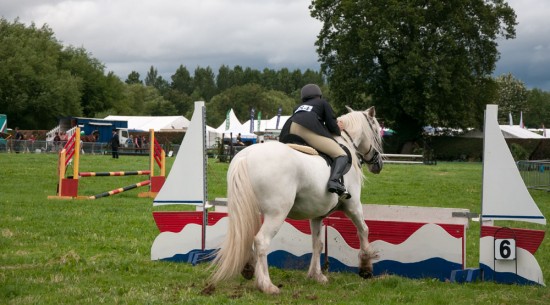
It’s often said that you’re not a real rider until you’ve fallen off, and falling is certainly something that will happen to every rider over the course of their riding career, and often multiple times! While falling is obviously unpleasant and can potentially lead to some nasty injuries, there are some steps that you can take to reduce somewhat the chances of a fall, and to make things safer and reduce the risk factors for falling when you do so.
Whether you’re involved in high speed hunter trials, breaking in horses and ponies or just enjoy quiet hacks on an almost bombproof mount, this article is for you. Read on to find out more!
Before we go on to looking at the various ways that you can safeguard yourself from the inevitable falls you will probably take now and then, let us first look at the reasons behind some falls that are very avoidable and that you as a rider can prevent.
Your riding equipment and tack is vital to your safety as a rider, and should be well maintained and fit for purpose at all times. Invest in good quality leather or synthetic tack, not faux-leather products that are often simply not safe- or even real leather at all.
Ensure that your girth is tight enough at all times, and check it several times during your ride- the most obvious and most easily preventable falls occur when the girth slips the saddle! Also ensure that the straps connecting your girth to your saddle are in good condition and not becoming dangerously worn.
You should be able to balance and ride without a saddle- and at least stay aboard without a bridle too- but even so, an unexpectedly snapping rein or stirrup leather can all contribute to a potential fall.
Even the newest of novice riders knows that a suitable Kitemarked riding helmet is essential equipment for riding, and should be worn and correctly fastened at all times when in the saddle. You may also want to give some consideration to wearing a back protector, depending on the riding activities that you are involved in and how you feel about wearing one. Your arms should always be covered and gloves should be worn to protect the skin of your hands and arms from cuts and abrasions gained during a fall. Sensible footwear and jodhpurs are of course also a must.
As well as your own clothing, also give some consideration to your stirrups and reins. Reins that are too long can catch on the saddle and legs, and cause or exacerbate a fall. Stirrups that are too large or small for your feet can lead to the foot passing right through the stirrup and getting stuck, which can cause you to be dragged by the horse in a fall. Always make sure that the catches at the back of the stirrup leather bars are in the down position so that the stirrups can slide safely from the saddle if your foot does get stuck in the event of a fall.
Finally, think about what you’re carrying on your person, and where it is. A bunch of keys in a side pocket can be a bad choice if you land directly on them!
If you know that you are falling and that your last chance to stay aboard has passed, you may have the opportunity to decide, albeit very quickly, how you are going to fall, and make it a little easier. If you can partially jump off and land on your feet, perfect. Remember to bend your knees and drop as gently as possible, and also be aware that you may only be able to slow and limit the extent of your fall rather than landing on your feet elegantly as if you had just intentionally dismounted!
While you are falling, it can be incredibly difficult to think of anything other than the ground rushing up to meet you- and it often happens incredibly fast. To think that you might potentially remember a lot of advice as to how to minimise the impact of a fall when it actually occurs might be somewhat overoptimistic, but over time (especially if you fall a lot)! You will find that you start to change the way you fall naturally and things become slightly easier!
Falling off your horse, even lightly or slowly, can be a nasty shock, and you shouldn’t underestimate the effects that this will have on you. Do not be in a hurry to get up, even if you think you are fine, and even if your horse has bolted off. If you have hit your head, feel disorientated or suspect you might have been knocked out for a second or two, call for help and do not get up. Give yourself a few moments to take a breath, and for your body to have the chance to alert you to any pain or injury. If you think you are basically ok, get up slowly, checking yourself over as you do so.
Making sure that you are unhurt and calling for help if you are must be your number one priority; after this, comes finding and securing your horse. Check your horse and tack over thoroughly to make sure that they are both ok, and calm your horse down if they are spooking or unsettled. What happens after this point is up to you.
Traditional riding wisdom always used to say that getting back up on the horse as soon as you gained your feet (even if you were badly shaken up and didn’t feel ok) was the only thing to do, and if you didn’t do it then, then you’d lose your nerve. In reality, nothing could be further from the truth. Taking a fall can be a big shock, and you’re not going to feel any better if you get back onto a nervous horse while you yourself don’t feel 100%. It can often take time to get back on an even keel after a fall, and you might want to wait half an hour to re-mount, start to walk your horse home and consider getting back on along the way if you are happy to- or even waiting for another day. There are no right and wrong options- how you manage it is up to you.
Stay safe!
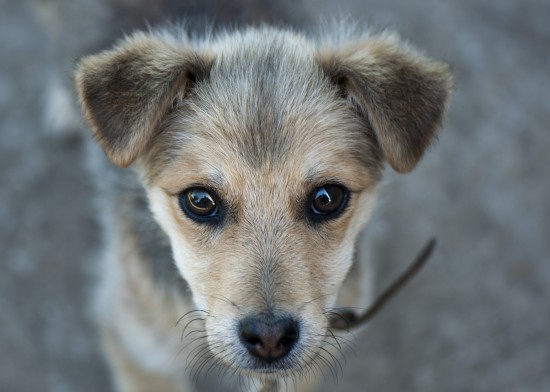 Gaining The Trust Of An Abandoned Or Mistreated Puppy
Gaining The Trust
Gaining The Trust Of An Abandoned Or Mistreated Puppy
Gaining The Trust
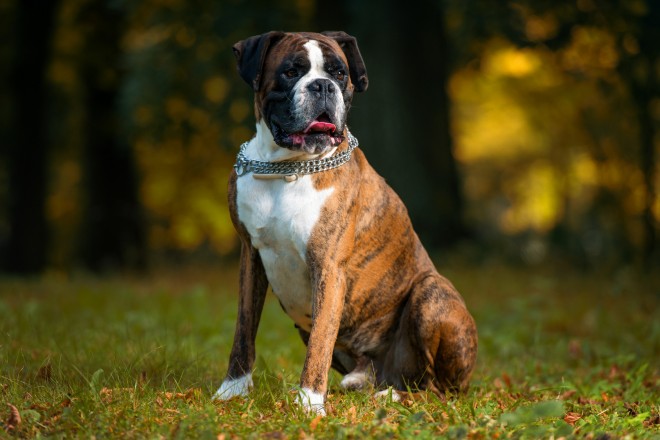 Canine Hypothyroidism
Canine Hypothyroi
Canine Hypothyroidism
Canine Hypothyroi
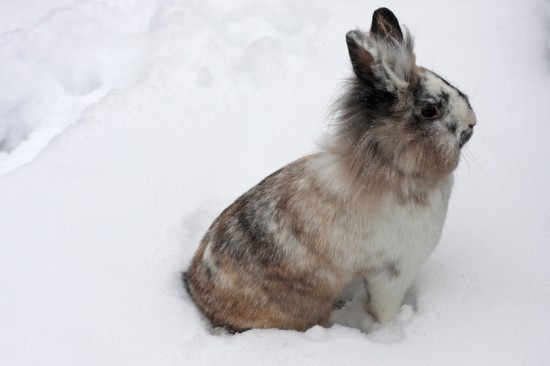 Caring For Your Rabbits During The Winter
Caring For Your R
Caring For Your Rabbits During The Winter
Caring For Your R
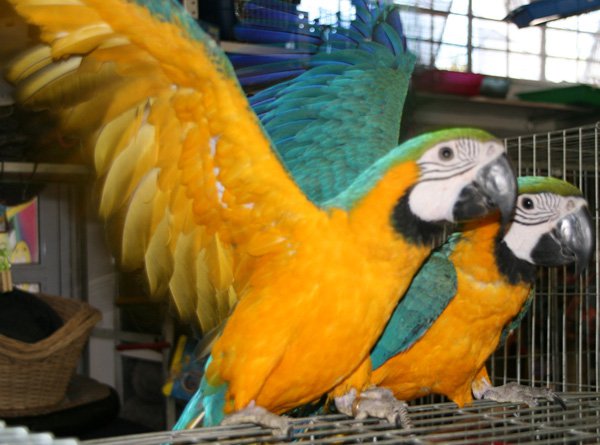 What To Do With The Pet Recalled Food
What To Do With The Pet Recalled Food
There ar
What To Do With The Pet Recalled Food
What To Do With The Pet Recalled Food
There ar
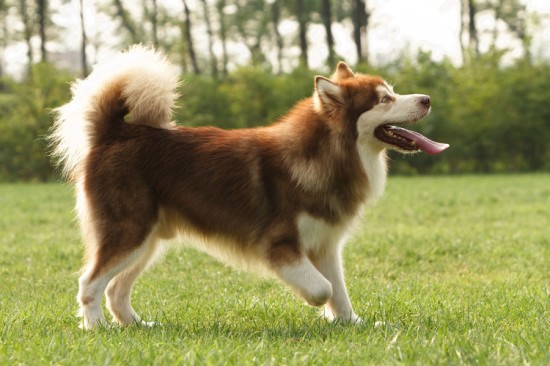 All About Working Dog Types
All About Working
All About Working Dog Types
All About Working
Copyright © 2005-2016 Pet Information All Rights Reserved
Contact us: www162date@outlook.com